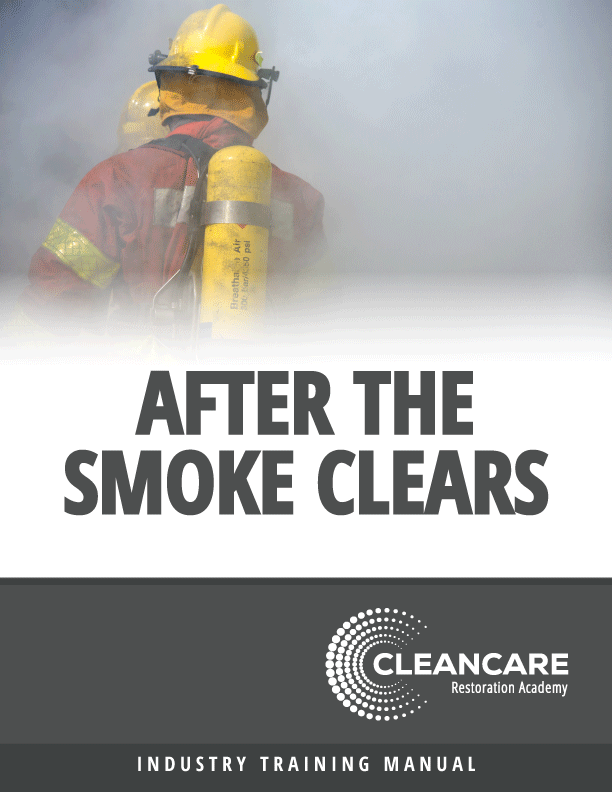Aerial measurements have been a part of the restoration industry providing exact roof measurements now for over five years. Leading restoration contractors are experiencing huge benefits by embracing these technologies and learning how to use them to grow profits and revenue. They are adapting and incorporating aerial roof measurement technology and experiencing high levels of ROI throughout the roofing process by including it in all aspects of the job, such as marketing, sales, production and warranty.
Brian Schupbach, national project director at Interstate Restoration, a national emergency response restoration and general contractor specializing in commercial property, was one of the early adopters of aerial measurement technology. He credits that first aerial report with helping him close the sale on a very large, multi-family complex that had suffered significant damage in a recent hailstorm.
“This was a 36-building complex with 2,400 total squares and it had a lot of damage. Using aerial roof reports on these buildings, I was able to produce a multi-million dollar estimate and negotiate a claim, all in a two-day period,” Schupbach explained. “The integration made my proposal look more professional than anyone else’s and I was able to compile everything quicker and in a safer manner.”
With every report, contractors also receive a full property owner report that is an excellent marketing piece to leave. It contains no measurements, just beautiful photos and a sketch of the house or building. The contractor has the ability to customize the cover with their own logo and contact information.
In addition to the marketing benefits, aerial measurement technology allows contractors to increase production efficiencies and spend more time with the property owner to truly understand their needs.
“The time that we would have spent measuring these buildings can now be redirected into visiting with the client, understanding their needs and accurately documenting what was affected by the incident,” explained Schupbach.
Safety is another key area where contractors are seeing benefits. In a situation where a building has been damaged, there are extreme risks involved in climbing a potentially unsafe structure. Schupbach credits the reports with helping his team be safer. “From a risk management standpoint, the reports help us be more cognizant of the dangers involved,” he explained. “Having the measurements, pitch and images ahead of time helps us determine the appropriate safety gear to bring to the job.”
Bill Boyce, Executive Director of DKI Ventures, LLC, one of the largest disaster restoration contracting organizations in North America, recently added aerial measurement technology as a solution-based offering for DKI contractors. “This is a huge benefit not only for our contractors, but also for the insurance companies as well,” said Boyce. “It reduces the liability of climbing damaged roofs and allows the contractors to just verify and document damage by taking pictures.”
Ellsworth says these benefits are only the tip of the iceberg. “These reports can be used throughout the entire roofing job lifecycle to improve profitability overall for contractors.” For example, many contractors report increased efficiencies in material ordering. “The measurements are exact so it helps contractors with precise material orders. No more worrying about overs and unders, no more restocking fees from distributors and no materials sent back to the boneyard. This all leads to an increase in efficiency which in turn boosts job profits, “explained Ellsworth.
Another area where Ellsworth says contractors have been able to see a great return is in the ability to accurately plan production and make exact payments to their subcontractors. “Being armed with the pitch of each roof section and knowing the square footage of each section allows contractors to plan for material delivery and make precise payments to subcontractors,” he says.
Restoration contractors also benefit from the fact that these reports are considered the independent, third-party standard and are accepted by all major insurance carriers. This virtually eliminates disputes surrounding roof measurements and materials needed in a claim situation.















